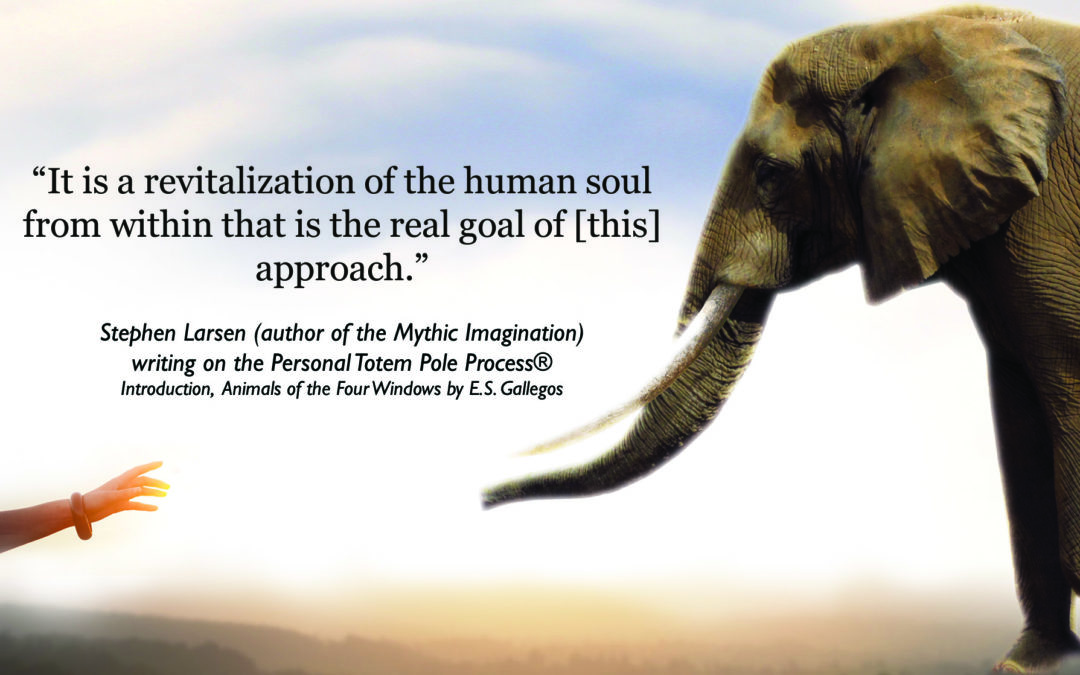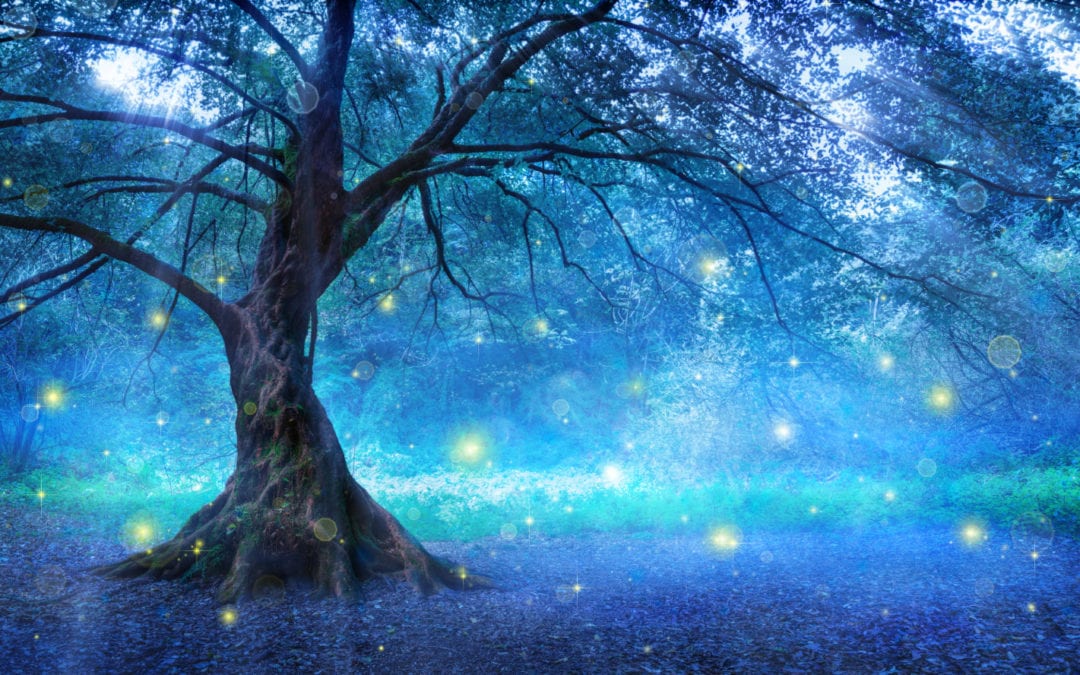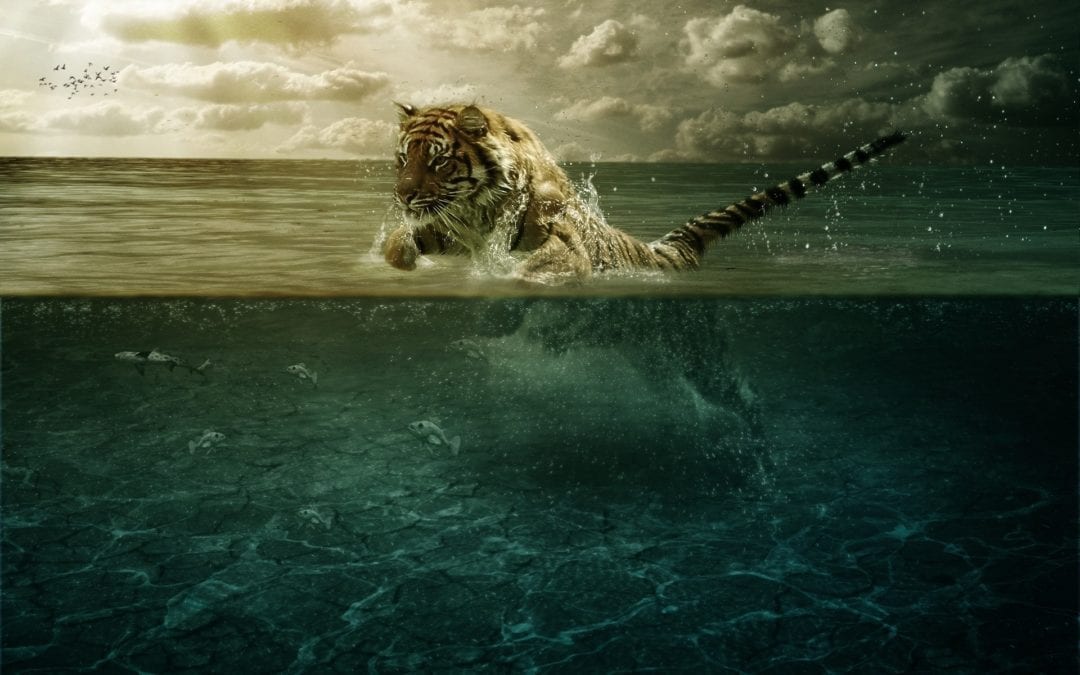
Distance Learning Information
The Deep Imagery Distance Learning program is a distance learning version of The Core Curriculum Training in Deep Imagery, as developed by E.S. Gallegos, PhD. It is a 3 year program, certified by the IIVR (international Institute for Visualization Research). The residential program has been in operation for over 30 years. Until 2017, it had been only offered as a residential training. In the residential format, it consists of 12 full days a year, divided it into 2×6 day or 3×4 day periods, each year.
The distance learning format allows people to take the training but not need to travel themselves. It also allows the group to be smaller. The DIT program allows people to integrate Imagery very much into their lives and deepens their imagery practice through that daily interaction.
Like the residential program, its core requirement is that the trainee experiences Imagery and imagery journeys and through that, gain the familiarity and the trust they need to work effectively with others. In the residential training, trainees primarily work with each other. In the distance learning group, the work between the group happens long distance but people also work with others…. friends, family, perhaps clients…in one on one sessions.
The distance learning program works with a small group. Each training group is currently between 3-6 people. This allows for close supervision by the trainer and allows for flexibility in scheduling.
Our group currently meets through Zoom, an online webinar app. Each session is recorded and uploaded afterward to the website so people can listen to the sessions as they need. The structure allows for group journeys, individual journeys, discussion and instruction and has been very effective. I use a conference call setup which also has the option for video. The format we are using has been very effective and does not make people who are not technologically minded shy away and our sessions are very rich.
Resources
Trainees also have access to video of Dr. Gallegos and others guiding and journeying so they get to see how individual the experiences can be. I also bring in ‘guest” speakers occasionally as I want to expose the people I work with to the widest possible array of quality, in terms of trainers and uses of imagery. My experience also is that it gives more direct trainer interaction than the residential might.
Residential vs Distance learning
Some people will prefer a residential setup. It is a block of time in which nearly all the work takes place. Check with www.deepimagery.net for upcoming residential trainings or contact trainers individually from the IIVR trainer listings on this site.
The distance learning is more fluid than the residential training in its timing and is split into discrete bites that will suit some people and their lives. As a group, we meet for about 1.5 to 2 hours, once or sometimes twice a month. This is the main instruction time and we decide on that time together. The people involved have to be self-motivating to a certain degree. They have to schedule time with members of the group to journey and to practice. They may also schedule sessions with others to practice one-on-one in person guiding. They also occasionally send the trainer questions or schedule a consultation time. It is very flexible. It will suit some people and not others.
All our deep imagery trainings are very experiential. We want people to experience imagery as deeply as they can. We nurture the relationships people build within the deep imagination. That is the core of what we do. Out of that, people find their own depths and trust their own paths and know how to be with the depths, both in themselves and in others.


